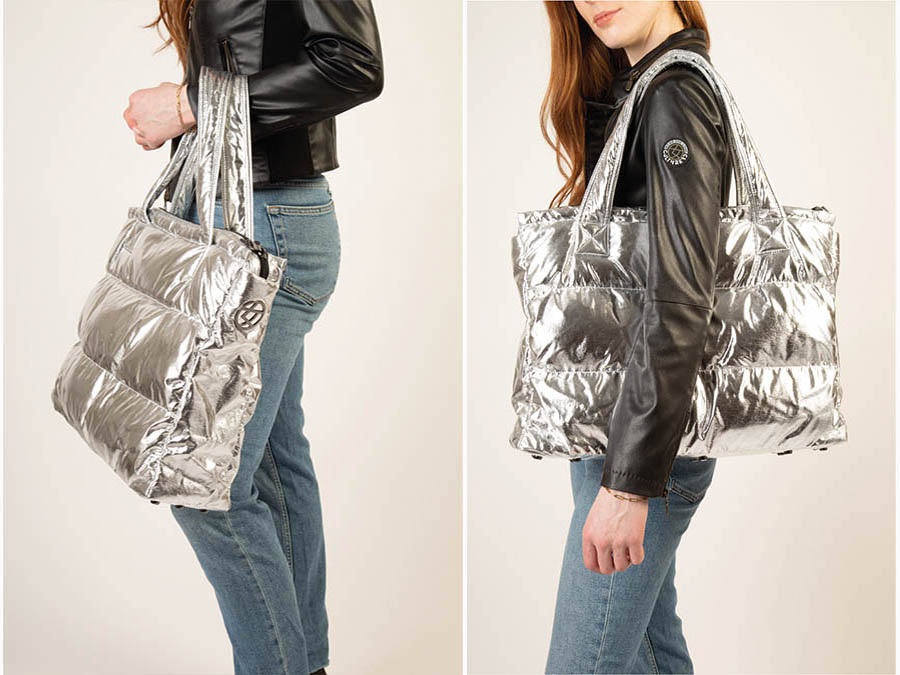Top 10 Downsides to Fast Fashion
Fast fashion, characterised by quickly produced and inexpensive clothing, has gained popularity in recent years.
However, it comes with several downsides that can have significant social, environmental, and economic impacts. Here at sustainablefashion.ie are our top 10 downsides to fast fashion.
1. Serious Environmental Impact
- Waste Generation: Fast fashion contributes to enormous amounts of textile waste. The quick turnover of trends results in discarded clothing, often ending up in landfills.
- Resource Depletion: The production of fast fashion involves significant water, energy, and raw material consumption, contributing to resource depletion.
2. Poor Working Conditions for Workers
- Exploitative Labour Practices: Fast fashion often relies on low-cost labour in developing countries, where workers may face low wages, long hours, and poor working conditions.
- Lack of Workers’ Rights: Some fast fashion companies have been criticised for disregarding workers’ rights. This includes the right to unions and fair wages.
3. Low Quality and Short Lifespan of Items
- Disposable Clothing: Fast fashion items are often produced with low-quality materials and construction, leading to shorter lifespans. This encourages a disposable mentality where clothing is discarded quickly.
4. Major Ethical Concerns
- Lack of Transparency: Fast fashion brands are criticised for a lack of transparency in their supply chains, making it difficult for consumers to know the conditions under which their clothes were produced.
- Animal Cruelty: Some fast fashion items use materials derived from animals, raising concerns about ethical treatment and sustainability.
5. Cultural Appropriation
- Insensitive Designs: Fast fashion has been accused of appropriating cultural symbols and designs without proper understanding or respect, leading to controversies and cultural insensitivity.
6. Massive Carbon Footprint Concerns
- Transportation and Production Emissions: The global nature of fast fashion involves transporting goods across long distances, contributing to significant carbon emissions. Additionally, the energy-intensive manufacturing process adds to the carbon footprint.
7. Possible Health Risks
- Chemical Exposure: The use of toxic chemicals in the production of fast fashion items can pose health risks to both consumers and workers in the manufacturing process.
8. Negative and Devastating Impact on Local Economies
- Undercutting Local Industries: Fast fashion can undermine local textile industries in developing countries, as large-scale production often focuses on cost-cutting, making it difficult for local artisans to compete.
9. Huge Pressure to Conform to Trends
- Overconsumption: Fast fashion encourages a culture of overconsumption, where consumers feel pressured to constantly update their wardrobes to keep up with rapidly changing trends.
10. Major Social Disconnection
Disconnect from Production Process: Fast fashion often disconnects consumers from the production process, fostering a lack of awareness about the true cost of cheap clothing and its impact on people and the planet.
And Finally
Addressing these downsides involves promoting sustainable and ethical fashion practices, supporting fair labour conditions, and encouraging consumers to make more conscious and responsible choices when it comes to clothing purchases.






